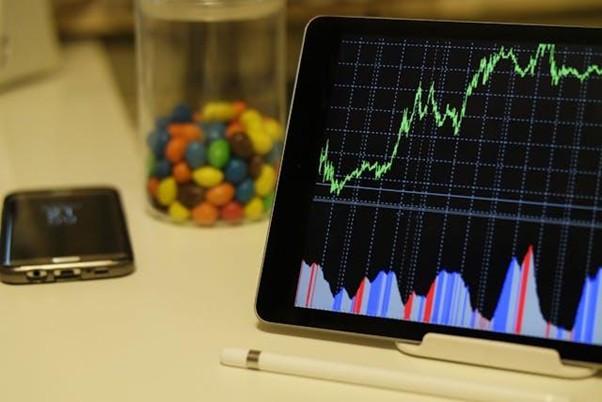Getting into trading can feel overwhelming, especially when you’re trying to figure out what tools to use. If you’ve already downloaded MetaTrader 5 (MT5) and opened your demo or real account, you might be wondering which indicators are actually helpful. With so many choices built into the platform, it’s easy to feel confused or even give up before you really get started.
Maybe you’ve tried trading based on news or gut feelings and ended up frustrated. Or maybe you’ve placed a few trades using random indicators and found yourself guessing more than understanding.
Start by Understanding the MT5 Download and Platform Setup
Before diving into indicators, it’s important to make sure you have the platform ready to go. If you haven’t already, you should complete your MT5 download from a trusted source, such as the official MetaTrader website or your broker’s page. Once installed, explore the different windows, chart tools, and basic functions like placing a trade or adding an indicator.
This will give you a solid base. Many beginners try to skip this step and jump right into using advanced indicators. But the truth is, if you don’t know how the platform works, even the best tools won’t help much. Once you feel comfortable navigating the system, that’s when you can really begin using indicators properly.
Moving Averages Can Help You See the Trend
One of the first indicators you should understand is the Moving Average. It shows you the average price over a certain number of time periods. This can help you figure out if the market is trending up, down, or just moving sideways. For example, a simple 50-period Moving Average can smooth out short-term noise and show you the general direction.
You might not realize it at first, but seeing this average line on your chart can make trading less confusing. You’ll start to notice how price interacts with the moving average. If the price is above the line, the market might be in an uptrend. If it’s below, it could be heading down.
Use the Relative Strength Index (RSI) for Market Conditions
Another useful indicator is the Relative Strength Index, or RSI. It measures how fast the price is moving and whether it’s too high or too low compared to recent movements. If the RSI goes above 70, it might mean the asset is overbought. If it goes below 30, it might be oversold.
Now, this doesn’t mean you should immediately buy or sell based on those numbers alone. But it gives you clues. For example, if the price is going up but the RSI is going down, that could be a sign of weakness. On the other hand, if both price and RSI are moving in the same direction, the trend could be strong.
MACD Can Signal Trend Shifts
The Moving Average Convergence Divergence (MACD) is a bit more complex, but very powerful. It shows you the relationship between two moving averages and gives signals when the trend might be changing. Many traders use it to confirm what they see with other indicators like the Moving Average or RSI.
What makes the MACD helpful is how it combines momentum and trend signals in one tool. You’ll see two lines that cross over each other, and when they do, it could be a good time to enter or exit a trade. The MACD histogram, those little bars, also help you spot changes in strength. Once you get used to reading it, this indicator can become one of your favorites.

